Growing the Stevia plant | A little guide | How to do it | Gardening tips from A-Z
Origin of the Stevia plant
The sweet Stevia plant originally comes from South America. It has been used for centuries by the indigenous people there as a sweetener for mate tea.
In addition to its botanical name, the plant also has other names such as "sweet leaf", "honey herb", "sweet herb of Paraguay" or "sweetest plant in the world". Stevia rebaudiana belongs to the Stevia genus.
Here you can find out how to grow this popular plant at home in the garden or on the balcony.
Since its approval in 2011, the sugar plant from South America has enjoyed an enormous increase in demand. In the meantime, more and more nurseries are expanding their assortment with the calorie-free Stevia plant, because despite its origin, it also thrives in our latitudes without any problems.
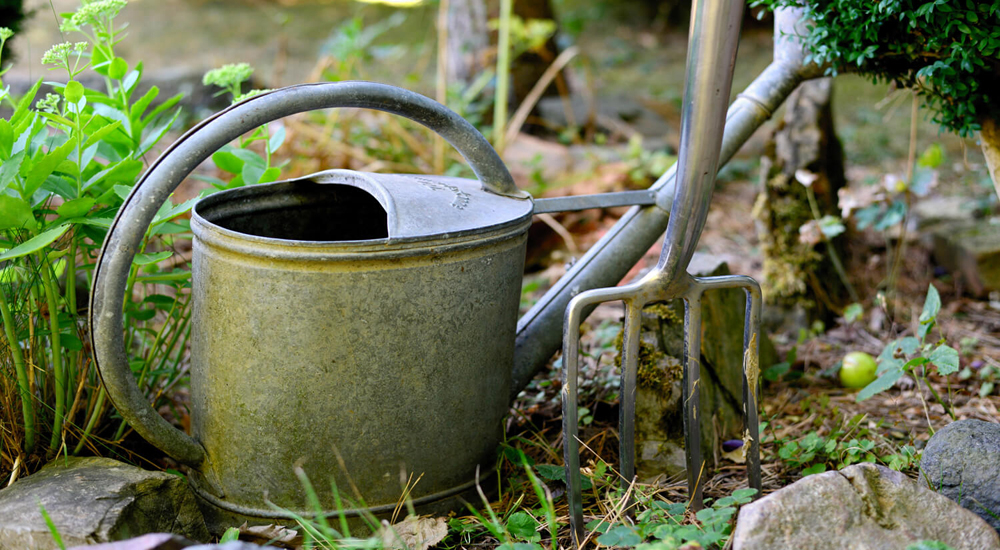
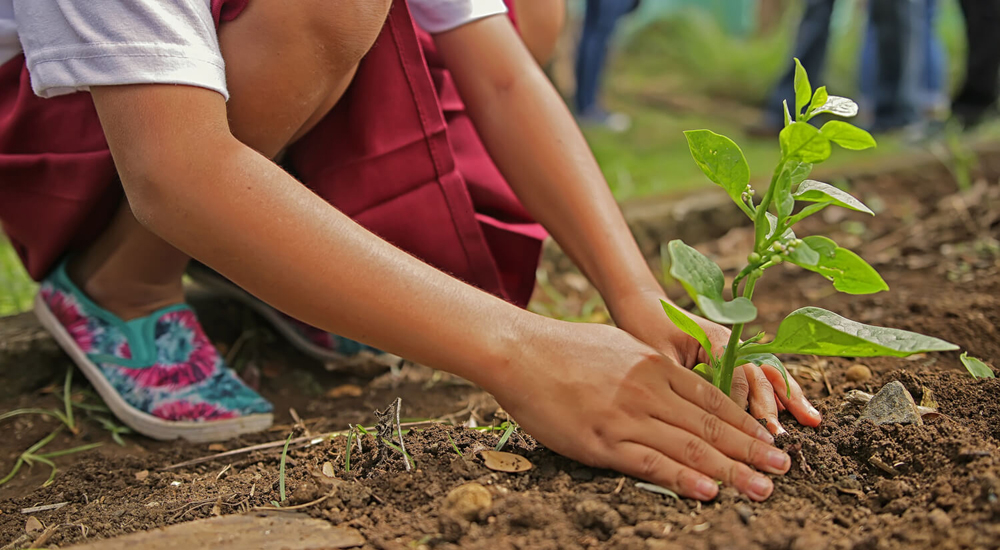
Read here what the Stevia plant needs and what to consider when caring for it.
Stevia cultivation in the garden
Young Stevia plants are available in well-stocked nurseries as well as on the internet. Here you can also order seeds directly.
Cultivation is usually not difficult. Stevia plants can easily be grown on the balcony, in the garden or even on the windowsill. Flowering begins in late summer or early autumn. This is also the best time for harvesting, as the leaves have the highest sweetening power at this time.
It is important to always remove the entire shoot tip when harvesting, as this is how the Stevia plant forms new side shoots and branches. The plant thrives best in the garden during the warm season between early summer and early autumn.
Growth
The maximum height of Stevia rebaudiana is around 60 to 100 centimetres. The herb grows bushy on a base of shallow storage roots. As the plant ages, its shoots become woody.
Leaves
The leaves of the Stevia plant have an oval shape, a serrated edge and a diameter of up to five centimetres. The leaves are formed opposite each other on the stem. Young leaves are still light green in colour, while they become darker over time. The glands that contain the sweet ingredient stevioside can only be seen under the microscope.
Flowers
The Stevia rebaudiana plant belongs to the group of composite plants. During the flowering period, it develops small, white to cream-coloured, terminal flowers. The individual flowers pollinate themselves either with the help of the wind or by insects.
One plant is capable of producing up to 150 flowers. In late summer, the small, terminal flowers of the Stevia plant form.

Small white flowers of the Stevia plant.
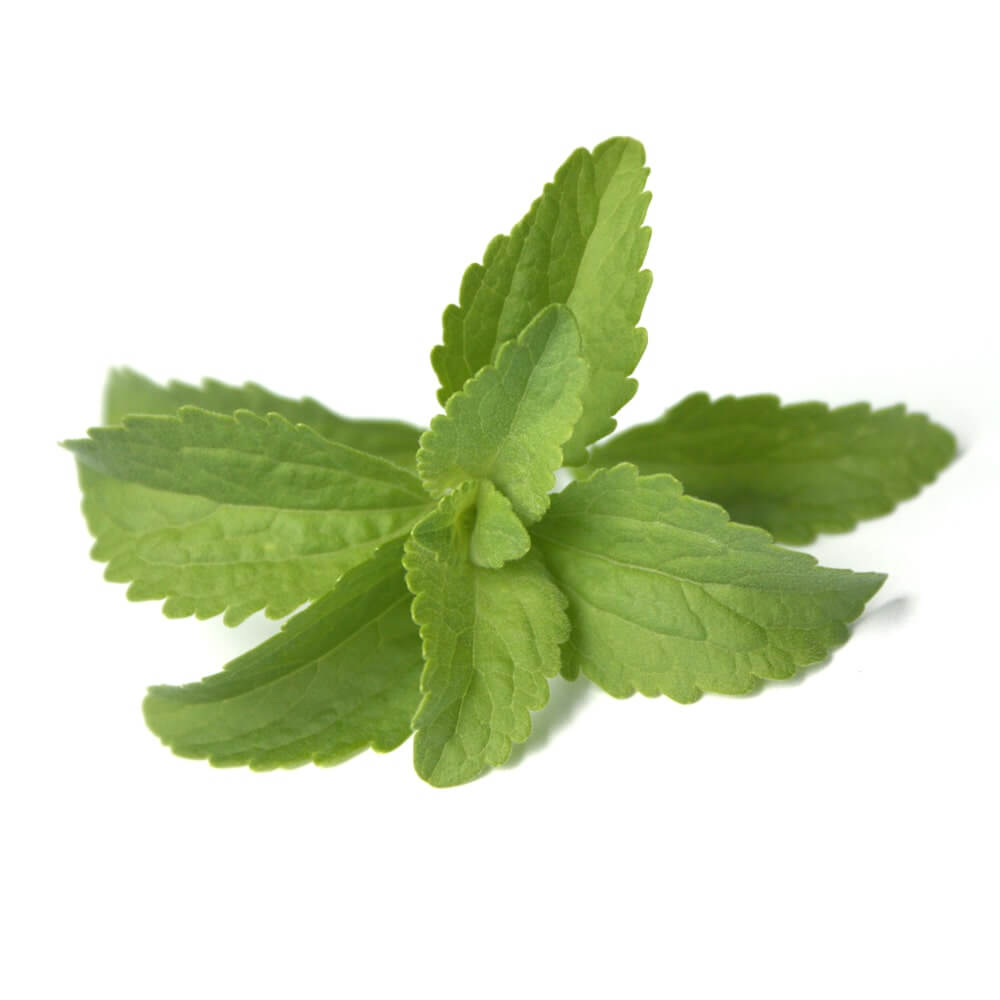
Stevia leaves look very similar to mint leaves.
Which location is suitable for cultivation?
The perennial Stevia plant is excellent as a tub plant on terraces and balconies, as it prefers a bright, warm and above all sunny location. The plants thrive particularly well in greenhouses. Here they can also be planted all year round.
If you want to plant your plant in the garden, however, you should only plant it there from June to autumn and then transplant it to a frost-free area. Otherwise, the Stevia plant will not survive the winter. In pots, the plant generally grows less luxuriantly than in the open.
In its place of origin, the Stevia plant grows outdoors. Here in Germany, too, it can be grown outdoors, as long as the plant is brought indoors for the winter. This is essential, as it is a non-hardy plant.
The easiest way to grow a Stevia plant is in a large pot or, even better, in a greenhouse. If the temperatures here do not drop below 18°C even in winter, year-round cultivation is also possible.
The plant should be planted in a sunny to semi-shady spot. To prevent waterlogging, use a substrate of sand and loam.
Nevertheless, it is essential to ensure that Stevia rebaudiana has enough water available, as it is particularly sensitive to drought.
Over-fertilised soils or normal potting soil are not suitable. There is a risk of fungal diseases or fall sickness. A well-drained, nutrient-poor herb soil or simply normal garden soil mixed with a little sand is sufficient as a substrate.
Even though Stevia is a relatively adaptable plant, care should be taken that the soil is not too cold and the place where the plant is placed is not too windy. Strong winds can cause the long shoots of the Stevia plant to break. For example, a place directly against the wall of a house is best.
Tip:
A sunny windowsill is ideal for smaller Stevia plants.
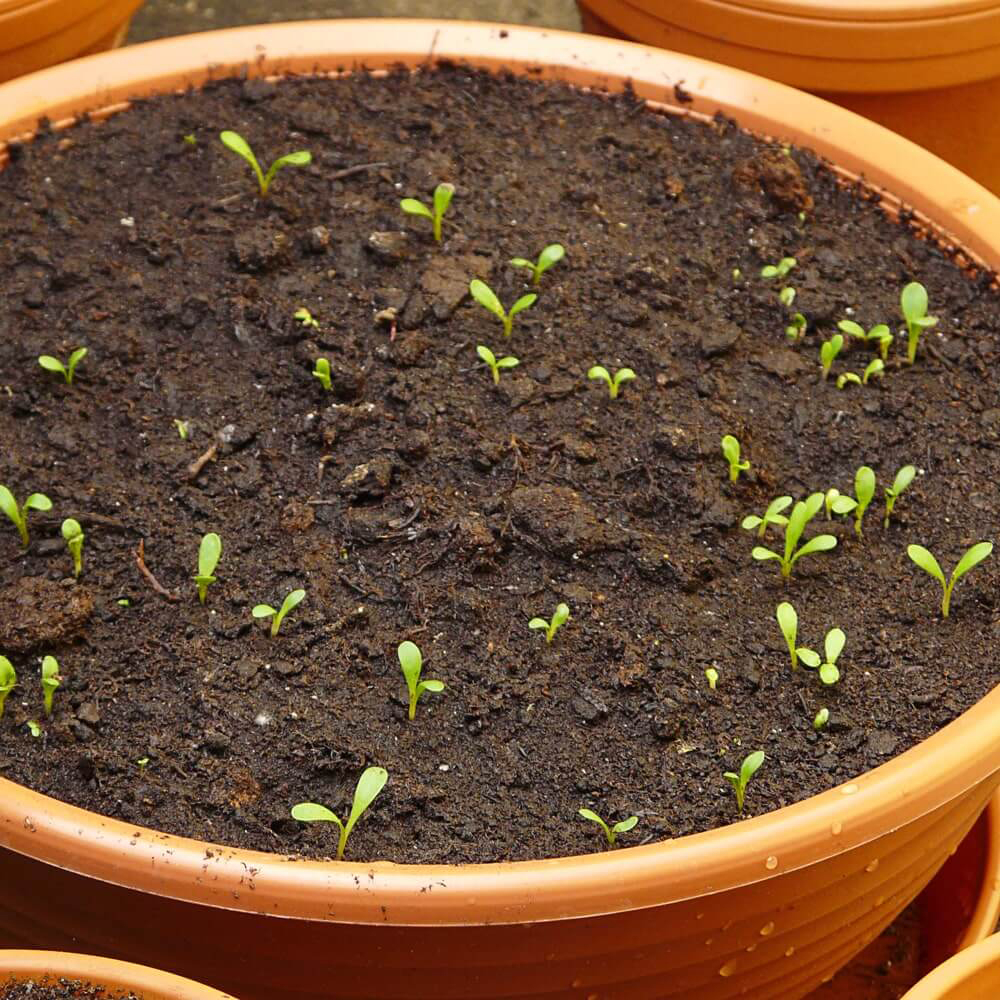
Small Stevia seedlings in a pot.
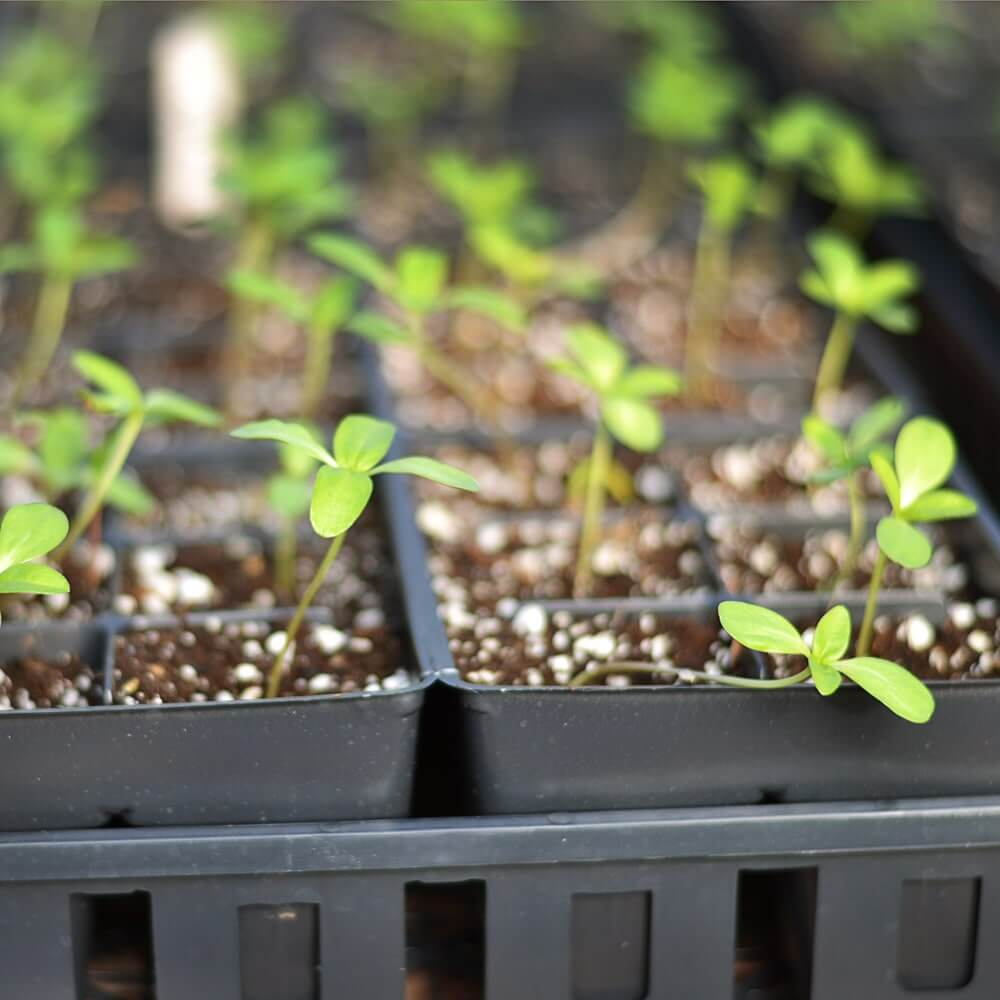
Stevia seeds germinated. Seeds, growing & propagation
How do I care for the Stevia plant?
Even though the Stevia plant likes it moist, waterlogging should be avoided at all costs, as otherwise root rot can occur. A constant alternation between dryness and wetness is the optimal growing condition.
Sowing and planting
Stevia seeds are so-called light germinators. They should be sown from April onwards either in seed trays on the windowsill or in a cold frame.
It is important that the seeds are only lightly covered with soil and not completely pressed down. If the ambient temperature is constantly around 22 degrees, the first seedlings should be visible after a good 10 days. From now on, the tender little plants can be pricked out and transplanted outdoors or into pots.
When planting outdoors, always ensure a minimum distance of 30 centimetres from each plant. If you prefer planting in pots, you should choose a diameter of at least 20 to 30 centimetres. Because the Stevia plant has particularly shallow but strong storage roots, the pot does not need to be too deep.
Mini greenhouses are ideal for sowing. When the seedlings are strong enough, they are pricked out and planted in pots.
Care
Stevia rebaudiana is a very drought-sensitive plant that only reaches surface water with its shallow roots. For this reason, it is especially important to water the plant sufficiently, especially in summer.
Only with nutrient-poor soil or in a pot with additional nutrients such as horn shavings, compost or slow-release fertiliser can the plant produce numerous leaves. However, you should exercise caution when fertilising, because if over fertilised, the plants are much more susceptible to pests.
The stevioside content within the leaves is also reduced when over fertilising with nitrogen. Before reaching for fertiliser, it is better to carry out an analysis of the soil if you are unsure of the nutrient content.
Regular pruning can promote growth and make the plant more multi-stemmed, more stable and less susceptible to shoot breakage. From August onwards, the plant should no longer be pruned due to declining growth.
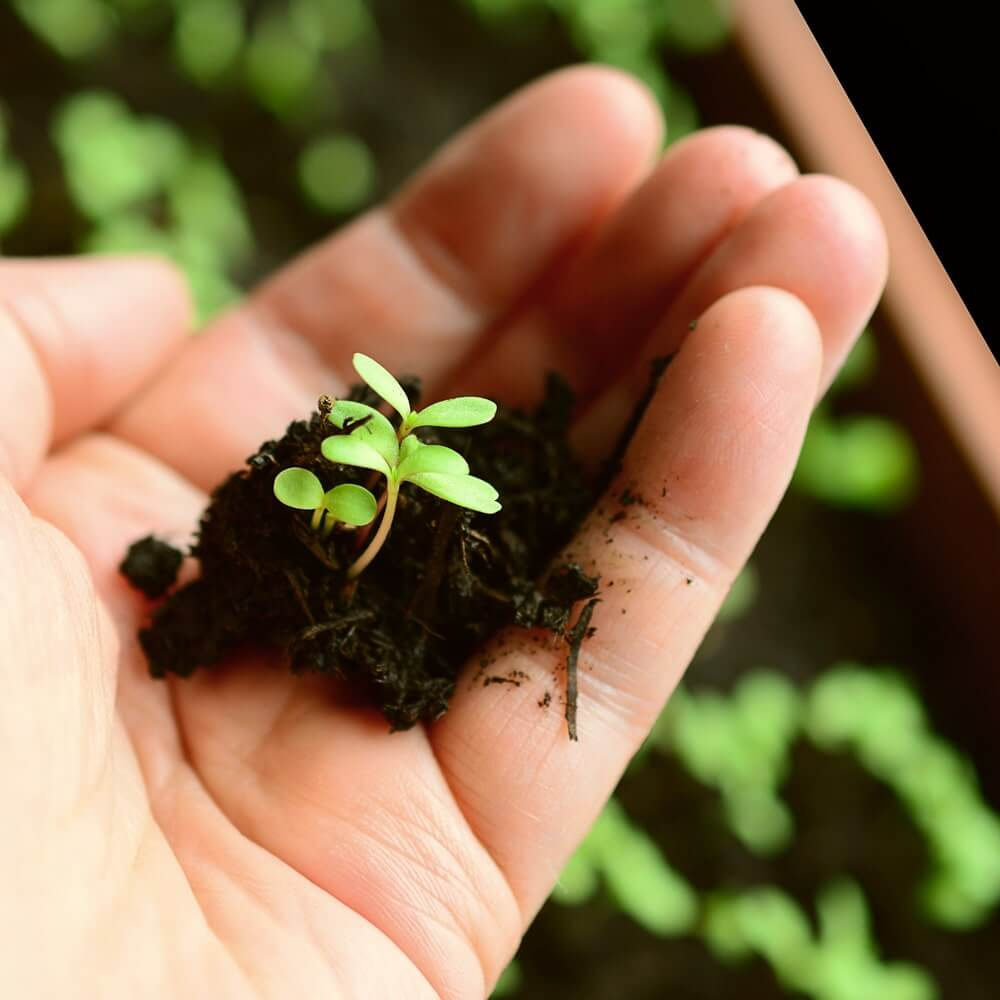
Stevia plant seedlings
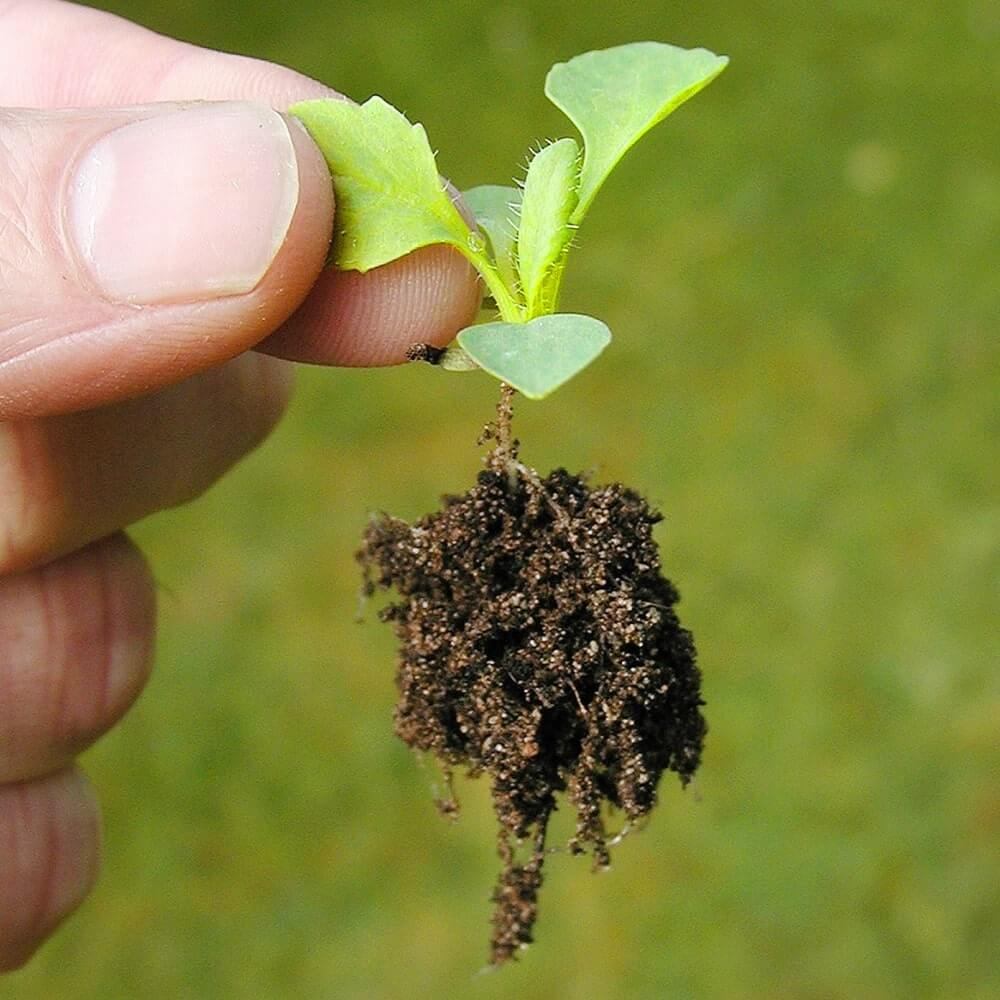
Small Stevia Plant Seedling
How can Stevia be propagated?
Stevia can be propagated by sowing seeds or by cuttings. When sowing, however, it should be noted that only a few of the seeds actually germinate.
When propagating by cuttings, these must be watered until they develop their own roots. The cuttings can then be planted and must be watered daily.
Seeds from plants in a natural environment have a good germination rate. They can be recognised by their dark colour. Seeds from winter flowering plants, on the other hand, are much lighter in colour and tend to germinate poorly.
The seeds of the Stevia plant should only be lightly pressed into the soil for cultivation, as they are light germinators. The ideal germination temperature is about 22 degrees. The seedlings can be re-potted after about 10 days.
Vegetative propagation is very easy due to the strong growth of the roots and shoots. To obtain a new plant, only the side shoots and roots of the plant need to be transferred to another pot.
After the offshoots have been transplanted and are well rooted, they can be transplanted outdoors. After successful transplantation and strong root development, transplantation into the open or into a large pot can take place.
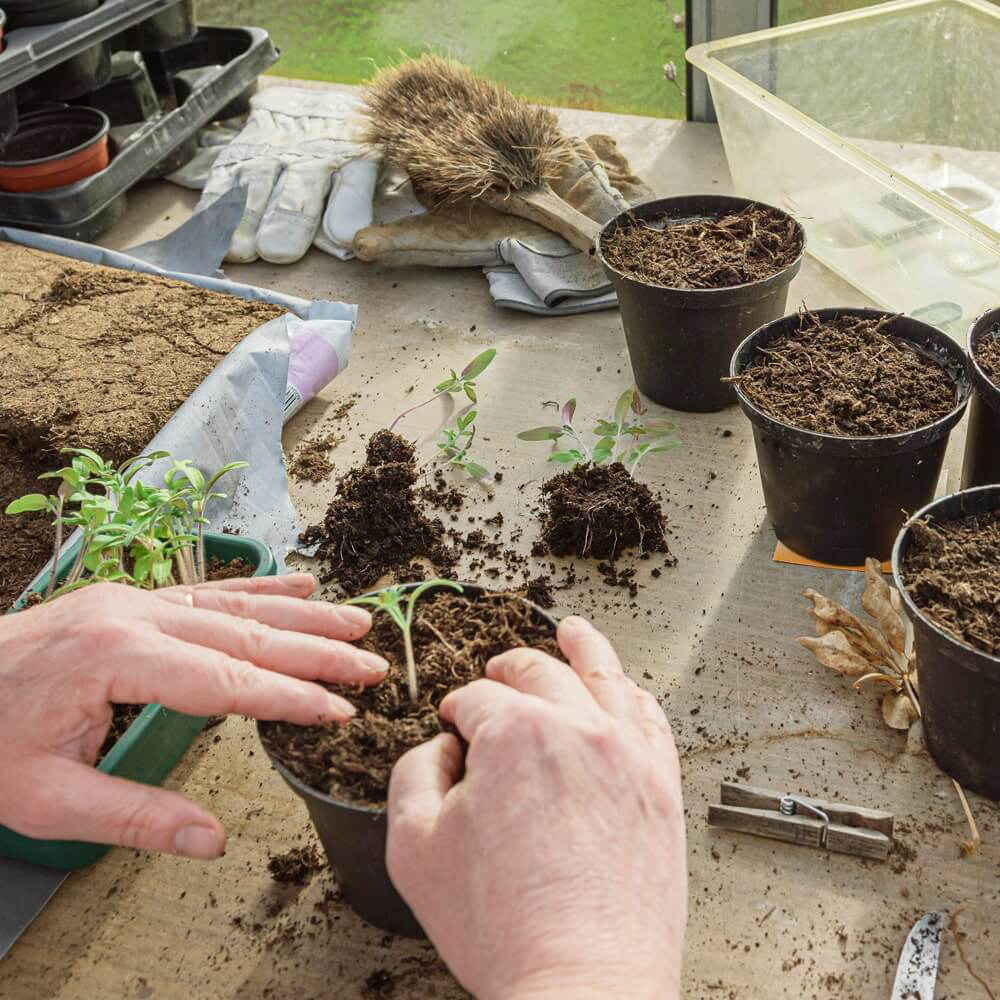
Prick Stevia seedlings and plant them in pots.
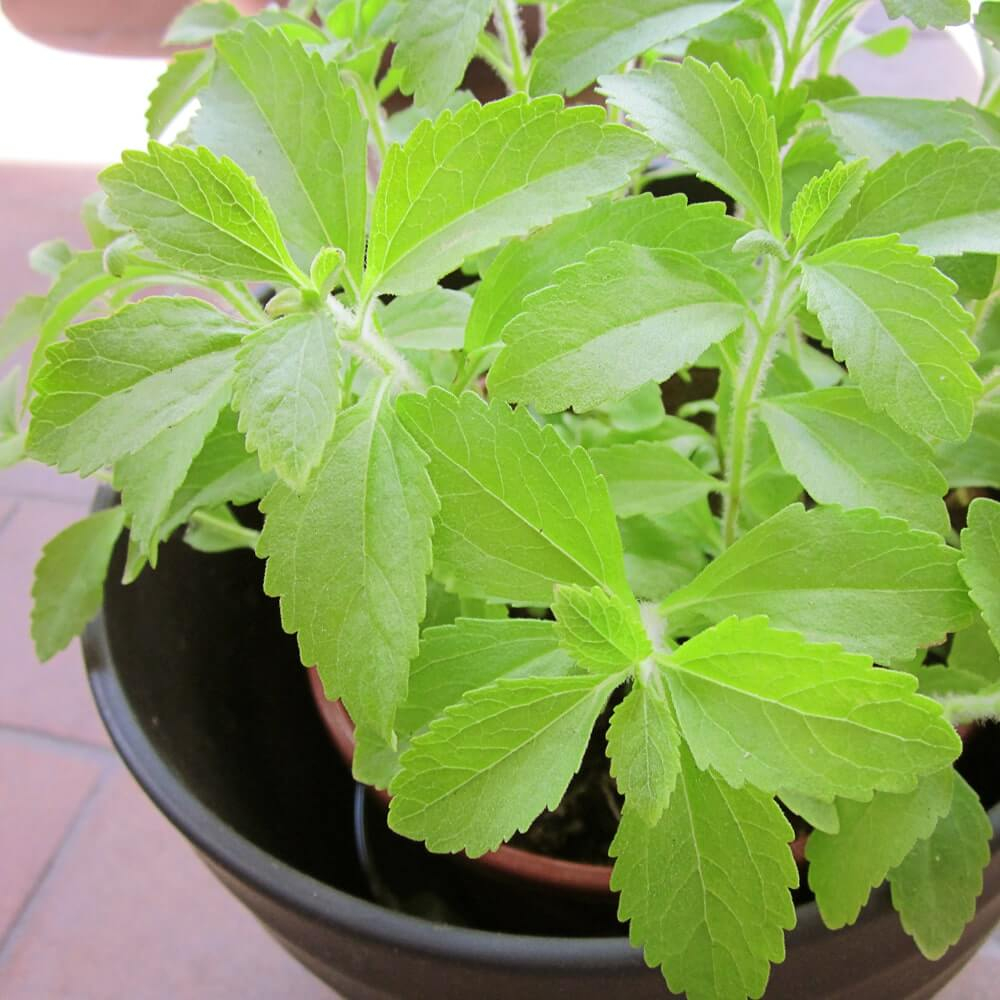
Young Stevia Plant in a Pot
What size should the pot for the Stevia plant be?
It is important that the flower pot for Stevia is not too small. A pot diameter of 20 to 30cm is the right choice for Stevia, because the plant has a strong root growth.
Due to the poor soil in its country of origin, Stevia needs very little fertiliser, even in cultivation.
How much light does Stevia rebaudiana need?
A bright and warm environment is a prerequisite for the healthy growth of the plant. Therefore, a semi-shady or even better sunny spot should be provided.
Overwintering
As Stevia rebaudiana is not winter-hardy in our latitudes - apart from some mild wine-growing regions - it is usually cultivated as an annual. However, the plant can easily overwinter in a cellar, room or conservatory.
The optimal ambient temperature for overwintering is about 13 degrees Celsius. It is normal for the upper shoots of the Stevia plant to die back. This process also occurs with many other herbaceous plants.
In order to allow for vigorous sprouting in spring, the dead shoots can be cut off close to the ground. During the winter it is sufficient to water the Stevia plant about once a month to prevent the substrate and the roots from drying out.
The brighter the wintering place, the faster the plant will sprout again in spring. The Stevia rebaudiana can only be planted outdoors when the outside temperature is constantly in the double digits again.
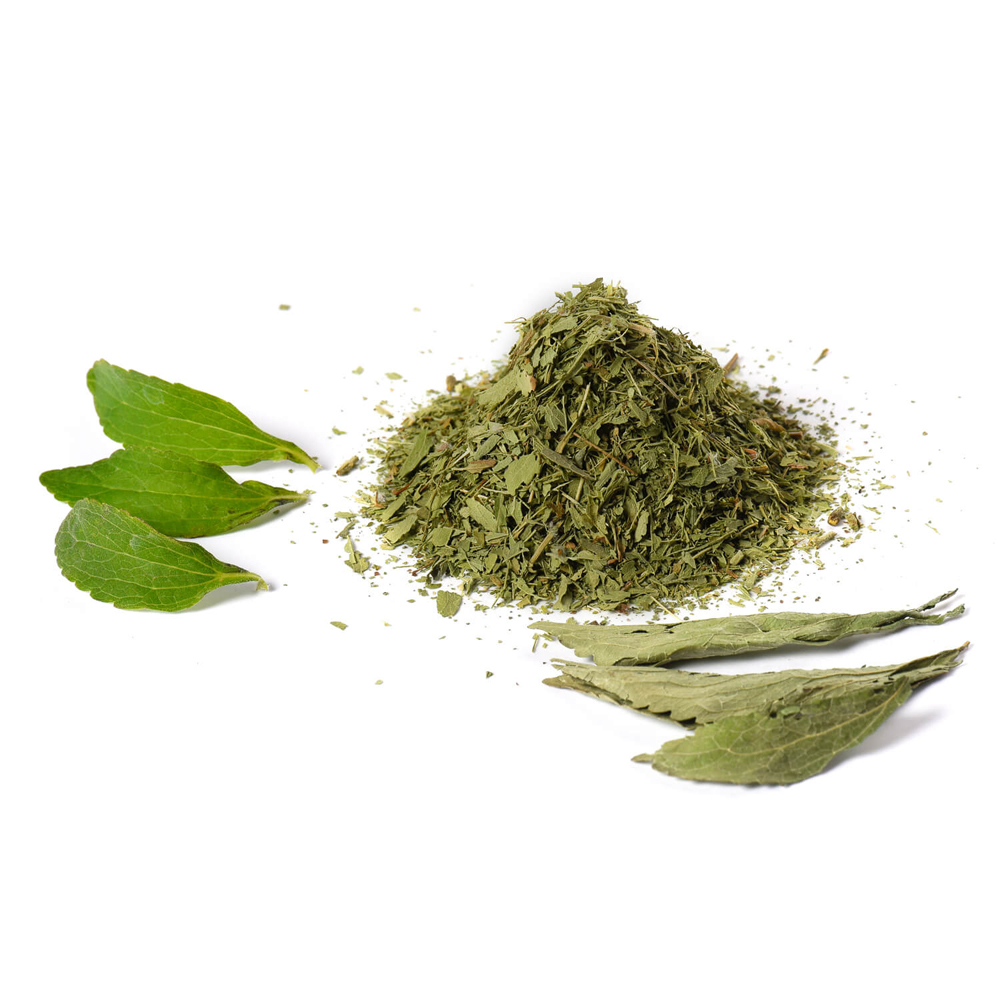
Harvesting the Stevia leaves
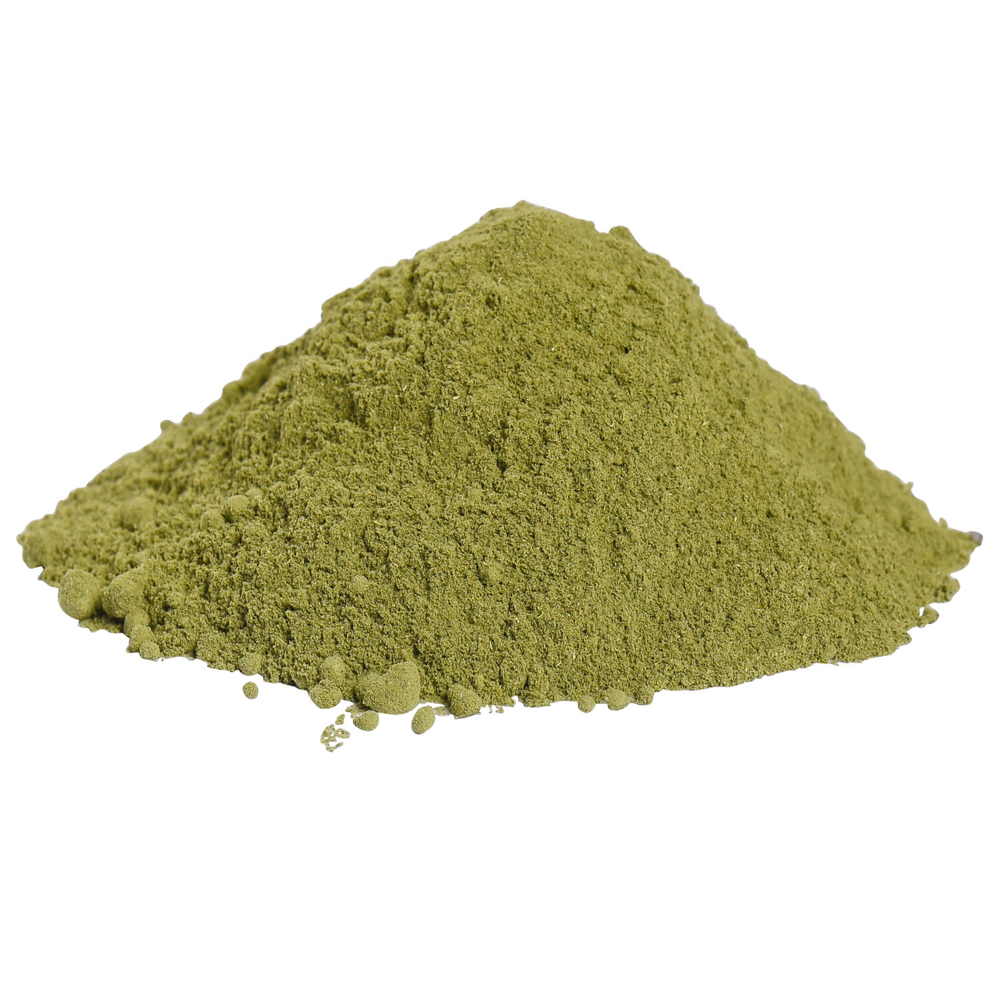
Stevia leaves microfine ground
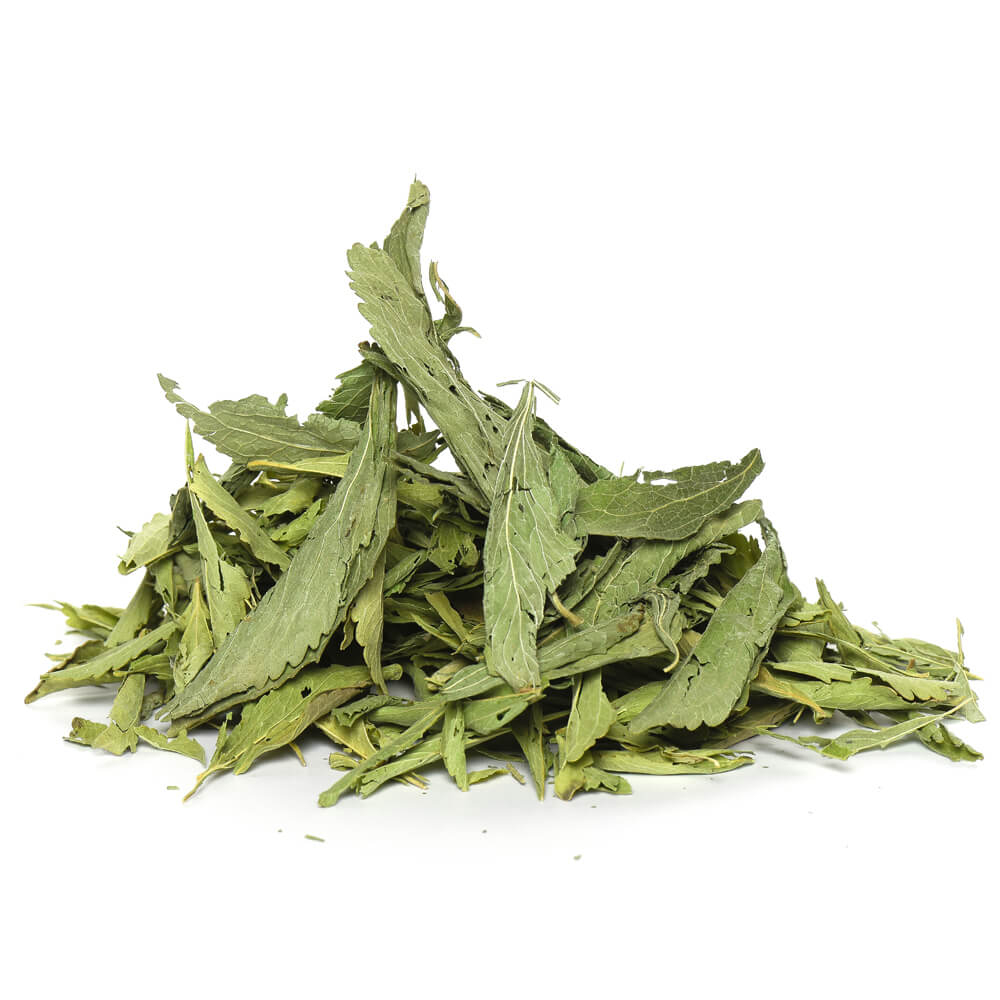
Whole dried Stevia leaves of the Stevia plant
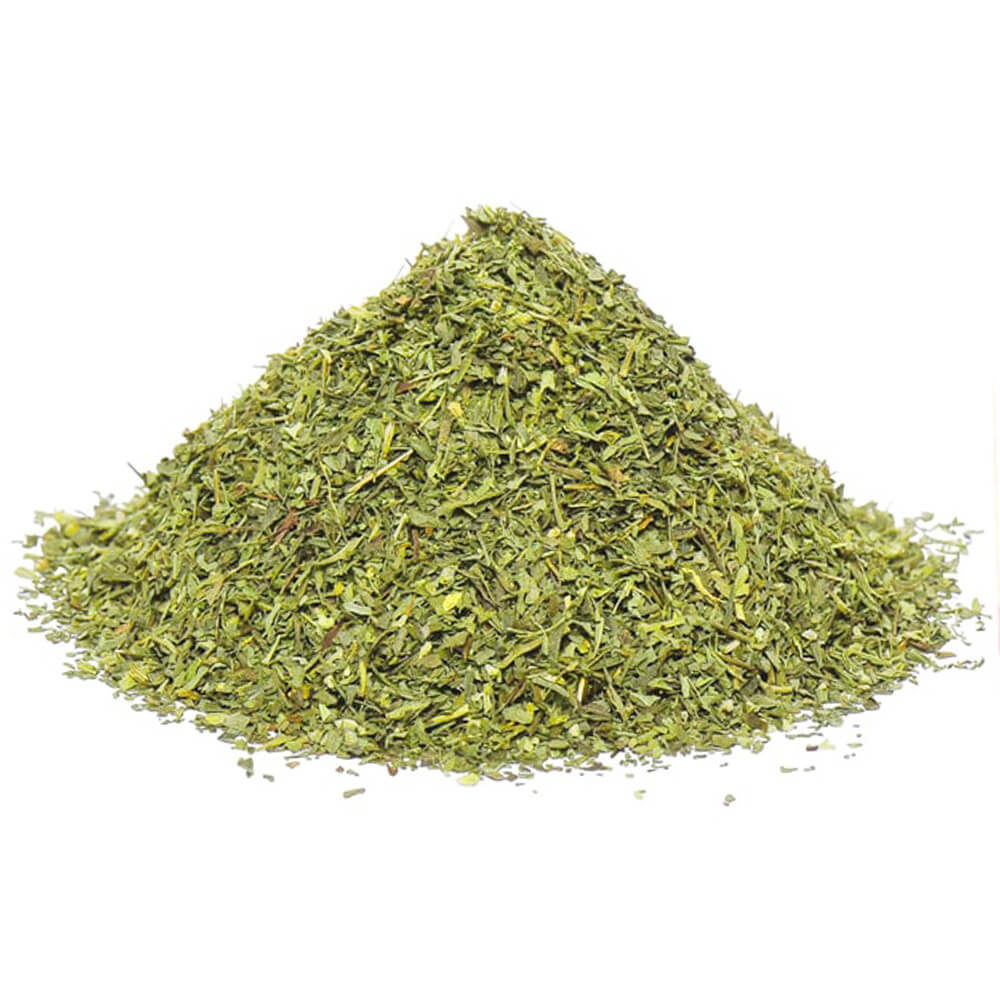
Stevia leaves tea fine cut
Harvesting Stevia Leaves
The most popular way to preserve and use dried Stevia leaves is to harvest them.
September, the time before the plant begins to flower, is the ideal harvest period. The leaves can be preserved by freezing or drying, or directly processed fresh.
The Stevia harvest is similar to that of basil. Only the tips of the shoots are cut off. For further use, the leaf can be added directly to a glass of tea, for example, or dried individually and then used as a sweetener.
The sweetness of a single Stevia leaf is completely sufficient to sweeten a cup of tea.
Stevia as a sugar alternative
Compared to conventional household sugar, Stevia leaves are about 30-40 times sweeter. The pure stevioside of the plant even has up to 450 times the sweetening power. Besides the classic use for tea and mate, the sweetener is often used in baking or cooking, because Stevia is extremely heat-stable.
It is the two main components, rebaudioside A and stevioside, that give the leaves their special sweetness. The molecule contained in the two substances is so stable that it leaves the human body without changing through the digestive tract.
For this reason, it does not produce a release of the hormone insulin, nor does it affect the blood sugar level. This makes the sweetener particularly interesting for diabetics. Depending on the variety, Stevia can have a slight liquorice-like aftertaste. This is why not everyone likes to use this sugar substitute.
Even though the natural sweetener was only approved as a food additive in the European Union in 2011, Stevia is not a new product.
In the meantime, the sweetener is also enjoying ever-increasing popularity in the Asian region.
Always pay attention to the ingredients. Many Stevia products are offered with flavourings, chemical sweeteners or dextrose, fructose and sucralose. These additives are usually intended to conceal or mask the taste of inferior Stevia raw materials.
One should be careful when buying products on the internet: "Whoever buys this always takes a risk, because he does not know what he is getting and whether the products have been sufficiently tested." Most important is the so-called purity content of the steviol glycosides.
If this value is lower than 95%, it is a product that is not authorised in the European Union. This also applies to products that are on sale. Especially dangerous are Stevia powders, Stevia sweetener tablets or Stevia liquid sweeteners that do not have any content information at all. In this case, it is strongly advised not to buy them.
The Stevia plant is even said to have a medicinal effect - it is believed that the ingredients are anti-inflammatory, blood pressure lowering, antibacterial, antioxidant and even anti-cancer. Stevia is also said to have a healing effect on kidney and intestinal diseases.
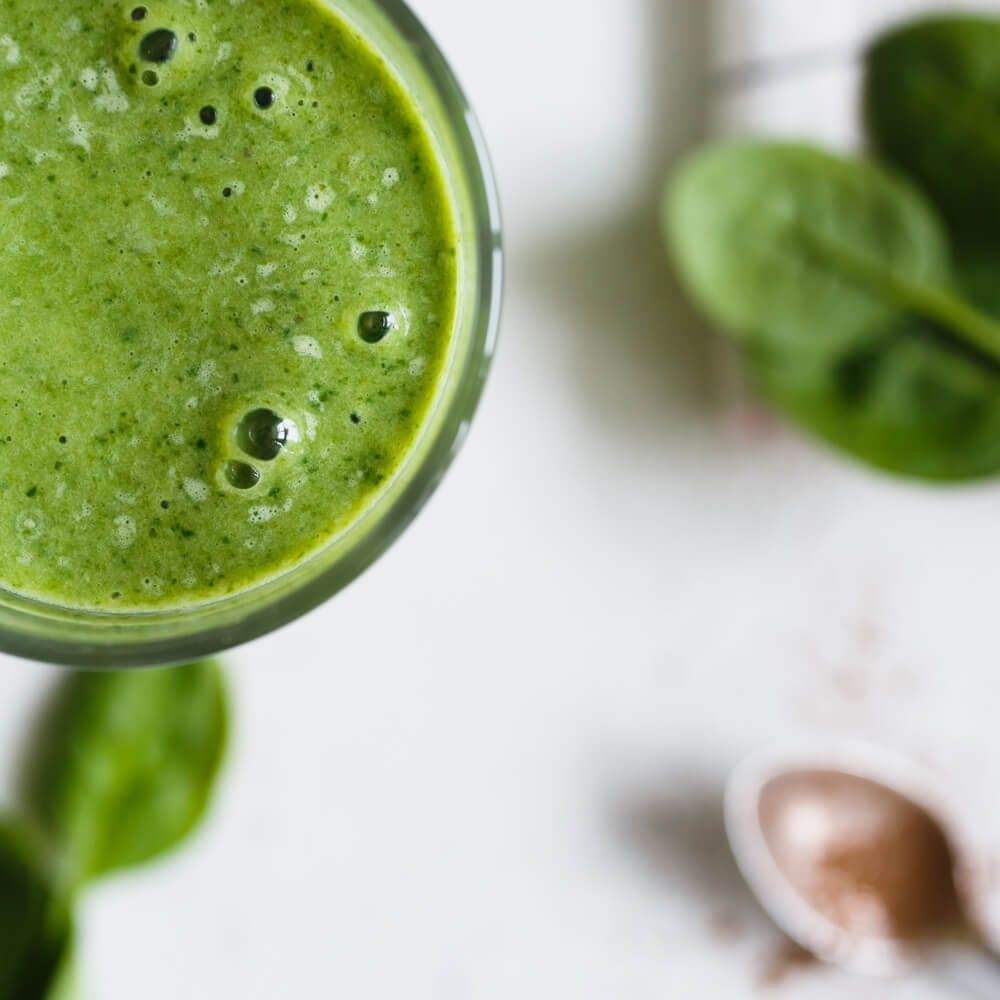
Sweeten smoothies with Stevia
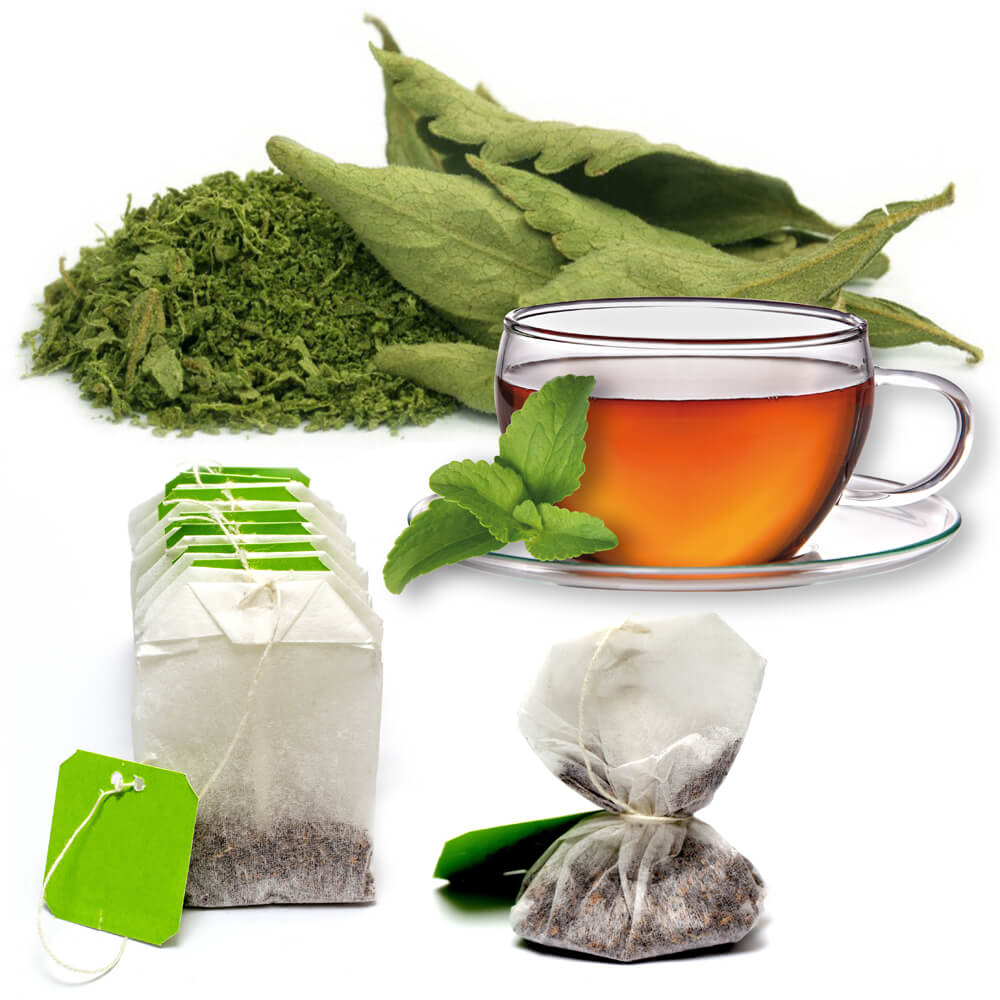
Sweeten tea with Stevia leaves
Stevia varieties
Currently, only a few varieties of the Stevia plant are commercially available. Usually, shops only offer seeds, while herbal mail order companies often sell young plants. These are usually the varieties "Stevia rebaudiana Bertoni" or "Stevia rebaudiana Criolla".
In contrast to "Stevia rebaudiana Bertoni", the latter forms rather large leaves. All in all, "Stevia rebaudiana" is a rather compact plant that is ideally suited for growing in pots.
How can the Stevia plant be overwintered?
Stevia rebaudiana comes from the subtropical climate of South America, which is why it must be very well protected in the German winter. The roots must not be exposed to frost under any circumstances. At best, the plant should be stored indoors in a cool place, as is usual with Mediterranean plants. To avoid rotting and mould, the plant should only receive a little water in winter.
If the Stevia plant is grown in a greenhouse with additional lighting and protection by glass, it will remain green even in winter. It will start to flower as soon as it receives more than 16 hours of daylight.
Tip:
During overwintering it is important to leave the plant alone and water it moderately only when absolutely necessary. During these months, the Stevia plant needs a kind of recovery phase and also requires little light.
This phase is also called the vegetation phase and lasts until the following spring (approximately until March). Visually, the Stevia rebaudiana practically dies during this time. Therefore, you can cut the plant back by about 5 centimetres. This rest period of several months makes the plant less susceptible to disease throughout the year.
Pests and diseases of the Stevia plant
Provided that the requirements of the Stevia plant are met, it is a rather robust plant. However, if the nutrient content or the moisture of the substrate is too high, the risk of fungal diseases such as rust, mildew, black spot disease or collar rot increases. The Stevia plant is also extremely popular among some caterpillars, slugs, wireworms and of course aphids.
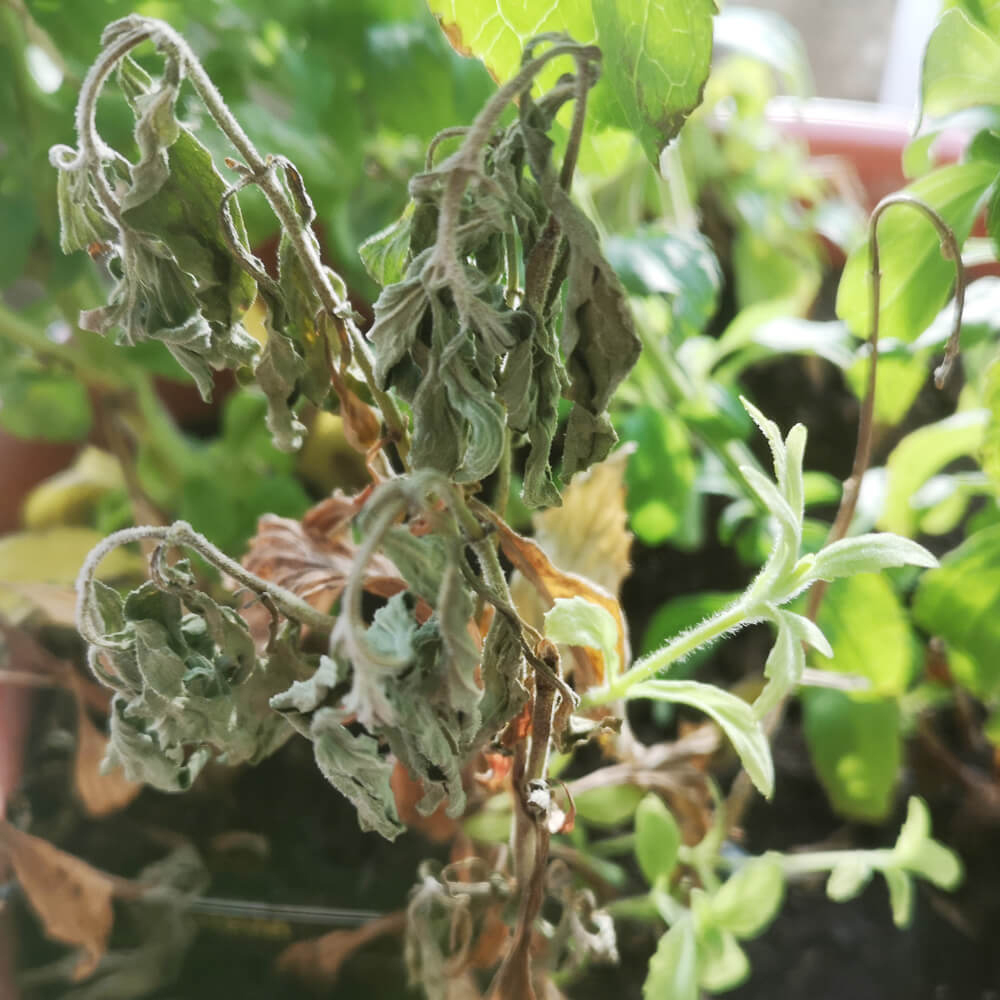
Pests and diseases of the Stevia plant with wilt disease.
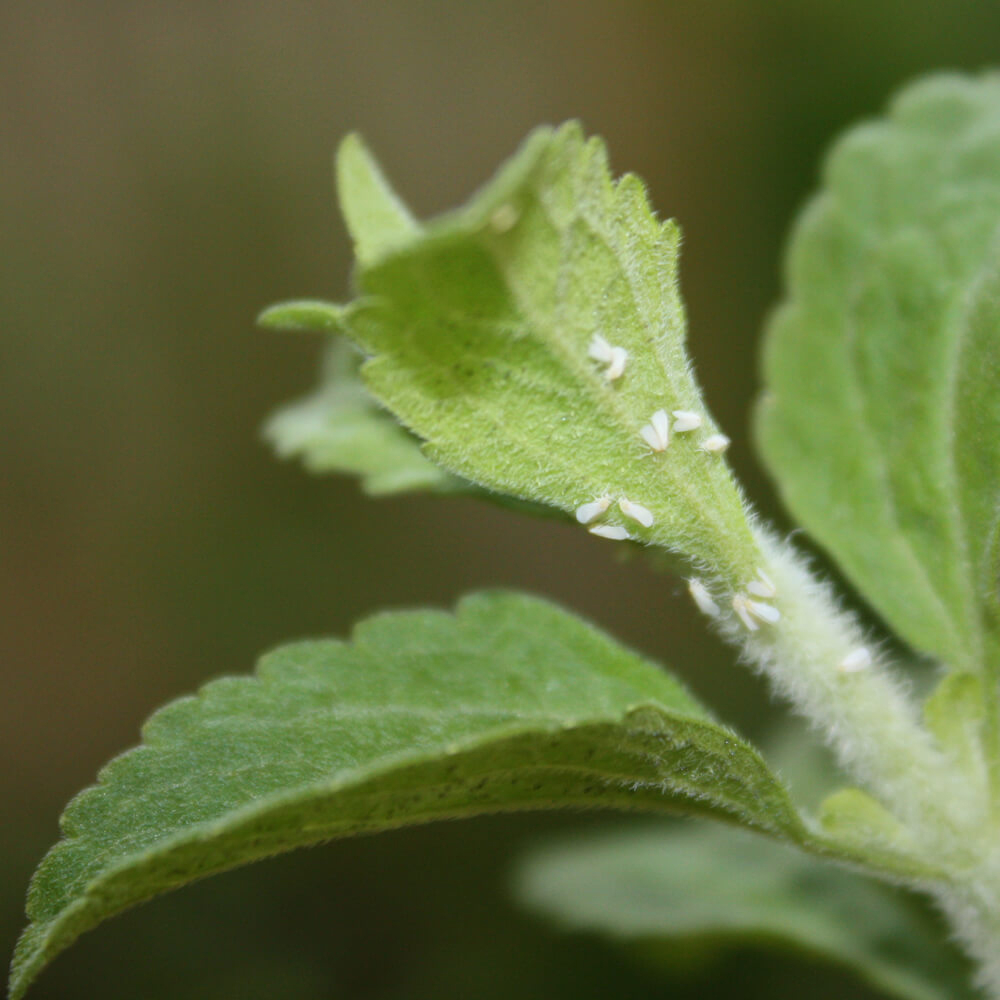
Pests and diseases of the Stevia plant with whitefly infestation.
Characteristics of the Stevia plant In a nutshell:
Growth type:
Growth height:
Growth characteristics:
Flower colour:
Flowering time:
Flower shape:
Leaf colour:
Leaf shape:
Leaf characteristics:
Light:
Soil type:
Soil moisture:
pH value:
Lime tolerance:
Nutrient requirements:
Humus:
Usefulness:
Winter hardy:
Uses:
Garden use:
Perennial, herbaceous plant
from 60cm to 120cm
bushy, medium height
white to cream
from August to November
umbels, flower heads terminal
green to dark green
oval, toothed
also green in winter
semi-shady to sunny
loamy to sandy
not too wet
slightly acidic to acidic
lime tolerant
moderate fertilising
rich in humus
medicinal and ornamental plant
No, sensitive to frost
In flower beds, planters and in the winter garden
Apothecary garden, medicinal garden, cottage garden, or in a large pot

 German
German Dutch
Dutch French
French Italian
Italian Portuguese
Portuguese Spanish
Spanish
